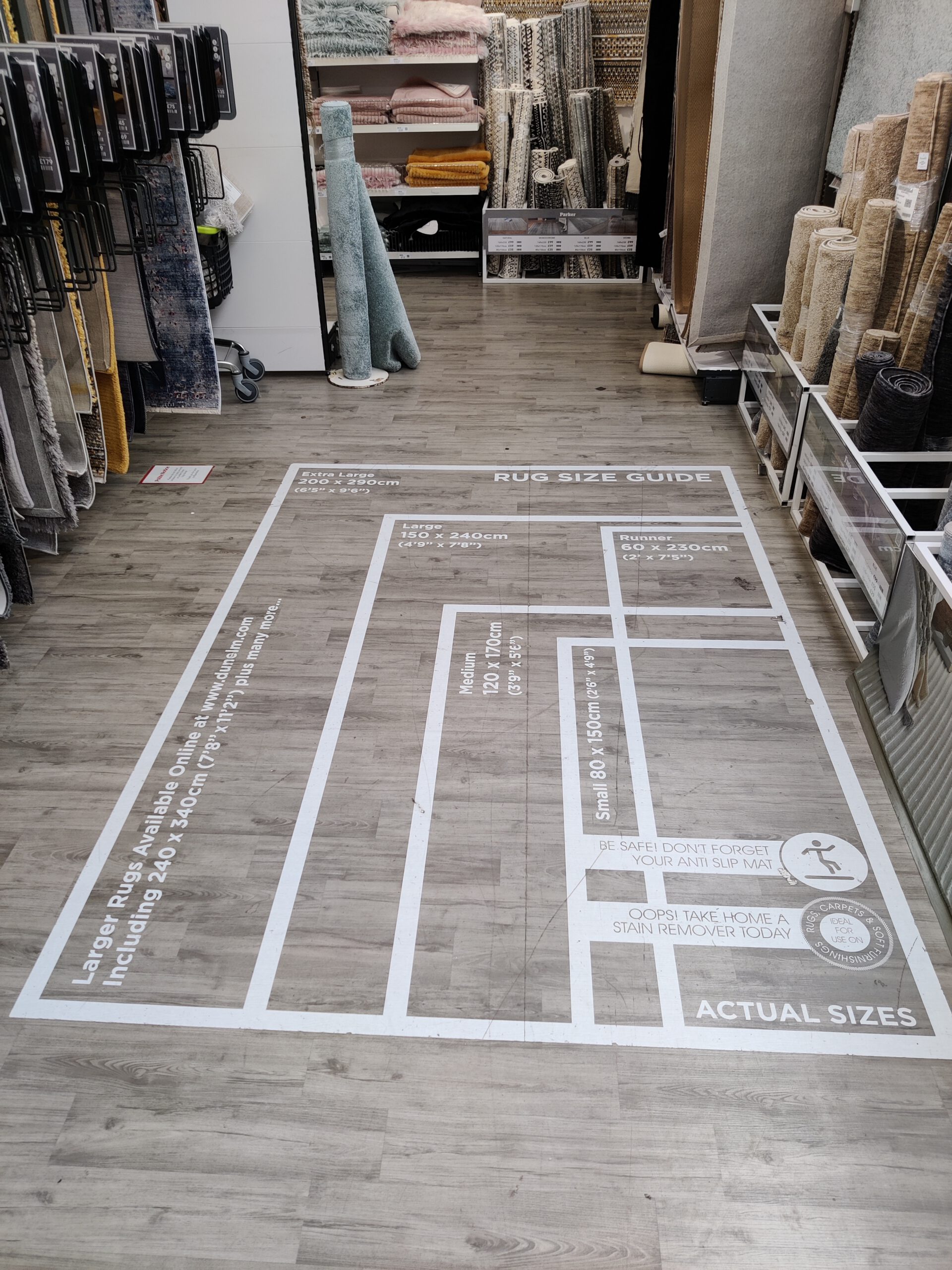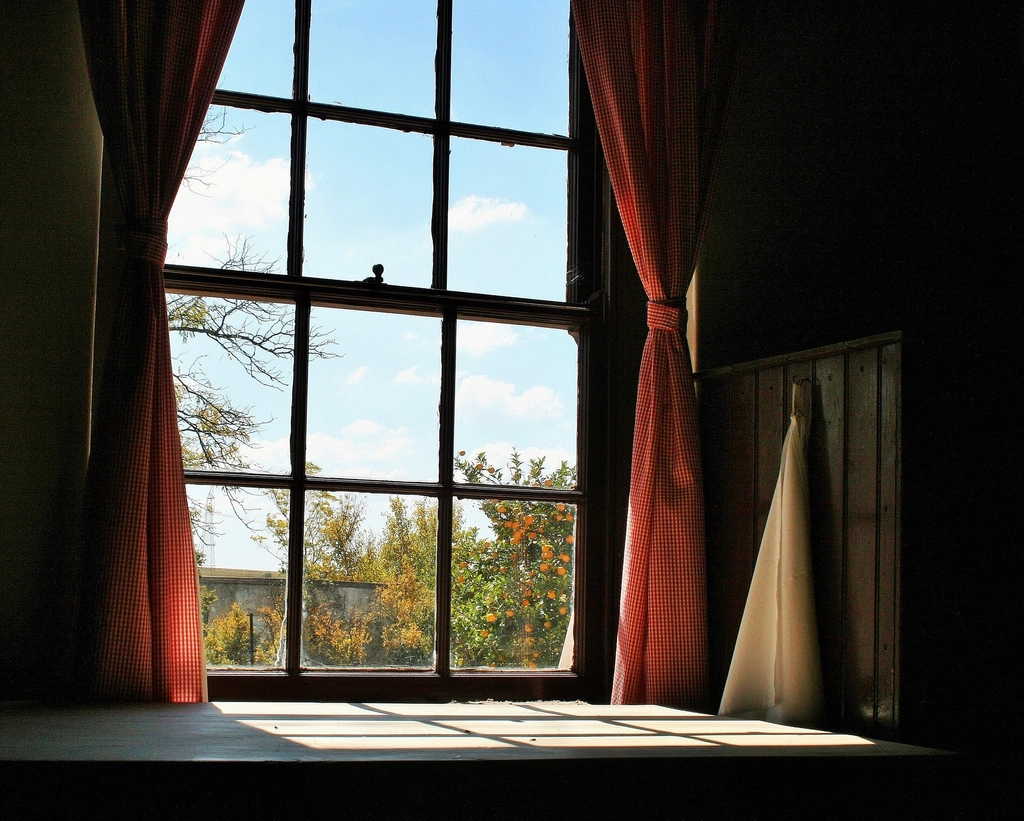Poor Lighting Choices
Lighting can make or break a room’s ambiance. Imagine walking into a room that feels cold and uninviting due to harsh fluorescent lighting. It’s a common mistake to rely solely on overhead lights, which can cast unflattering shadows and make a space feel stark. Instead, consider layering your lighting with a mix of sources, like table lamps, floor lamps, and wall sconces. This creates a warm and inviting atmosphere that can be adjusted to suit different times of the day or activities. Think of lighting as the jewelry of a room, accentuating its beauty and functionality. To avoid missteps, remember that the right lighting can highlight your room’s best features and create a cozy environment.
Pushing Furniture Against the Walls
Many people believe that by pushing all their furniture against the walls, they will create more space. However, this often leads to a room feeling disjointed and unwelcoming. Imagine a dance floor with furniture awkwardly hugging the perimeter. Instead, try floating your furniture by bringing pieces closer together. This arrangement encourages conversation and creates a more intimate setting. A simple way to achieve this is by grouping chairs around a coffee table or creating a reading nook with a cozy armchair and lamp. By doing so, you not only improve the flow of the room but also make it feel more inviting and functional.
Choosing the Wrong-Sized Rug

Selecting the right rug size can be tricky but is crucial for tying a room together. A rug that is too small can make a room feel disjointed, while a rug that’s too large can overwhelm the space. Picture a postage stamp in the middle of a large floor; it just doesn’t work. Ideally, a rug should anchor the furniture, with all the front legs of seating pieces resting on it. This creates a cohesive look and grounds the room. Don’t be afraid to go big; a larger rug can make a small room appear bigger and more unified. Always measure your space and furniture layout before purchasing to avoid common pitfalls.
Overmatching Furniture Sets
While it might seem like a safe choice, buying perfectly matched furniture sets can lead to a lack of personality in your space. Imagine a room full of identical pieces; it lacks character and feels more like a showroom than a home. Instead, mix and match different styles, textures, and materials to add depth and interest. A vintage chair paired with a modern table can create a striking balance and become a conversation starter. Think of your space like a curated gallery; each piece should complement but not overshadow the other. This approach not only showcases your unique style but also adds warmth and character to your home.
Ignoring Scale & Proportion
Achieving a harmonious look in your home requires careful attention to scale and proportion. Imagine a tiny table beside a massive sofa; it just feels off. It’s essential to choose furniture and decor that fits the size of your room. Larger rooms can handle more substantial pieces, while smaller spaces benefit from more delicate furniture. Consider the height, width, and depth of each piece to ensure they complement one another. Using a floor plan or mock-up can help visualize how items will fit together. Balancing various elements correctly can create a pleasing symmetry and avoid a cluttered or sparse appearance.
Hanging Artwork Incorrectly

Artwork can elevate a room, but hanging it incorrectly can undermine its impact. A common error is placing art too high, making it uncomfortable to view. Imagine craning your neck to appreciate a painting; it’s not ideal. The center of the artwork should be at eye level, around 57-60 inches from the floor. When grouping multiple pieces, think of them as a single unit and arrange them with consistent spacing. Consider the size of the wall and furniture beneath; art should be proportional to its surroundings. Properly hung artwork can enhance a room’s design and provide a focal point for the space.
Forgetting About Storage
A beautiful room can quickly become chaotic without adequate storage solutions. Picture a stunning living area cluttered with magazines, toys, and random items. It detracts from the room’s aesthetic and functionality. Incorporate clever storage solutions, such as built-in shelves, multi-functional furniture, and decorative baskets, to maintain order. Think of storage as the backbone of your design, supporting the overall look while providing practicality. Personalizing storage solutions can also add character; for instance, a vintage trunk can double as a coffee table. By integrating stylish storage, you ensure your space remains both beautiful and organized.
Ignoring Traffic Flow

An often overlooked aspect of interior design is the traffic flow within a room. Imagine navigating a maze of furniture just to reach the door; it’s frustrating and impractical. Ensure there are clear pathways that allow easy movement throughout the space. Consider the natural flow of how people enter and exit the room, and arrange furniture to facilitate this movement. Avoid placing large pieces in high-traffic areas that can obstruct the natural flow. A well-thought-out arrangement not only enhances the room’s functionality but also creates a more welcoming environment for guests.
Overlooking the Importance of Curtains
Curtains do more than just block out light; they add texture, color, and warmth to a room. Imagine bare windows in a beautifully furnished room; it feels incomplete. The right curtains can tie together a room’s design elements and provide a finishing touch. Consider the fabric, length, and style to complement your space. Floor-length curtains can make a room appear taller, while sheer curtains can soften the light and create a dreamy atmosphere. Don’t forget the hardware; stylish rods and finials can enhance the overall look. Thoughtfully chosen curtains can transform a room from ordinary to extraordinary.
Decorating Without a Plan
One of the most significant missteps in interior design is diving in without a clear plan. Imagine setting out on a road trip without a map; you might end up lost. A well-thought-out design plan acts as a roadmap, guiding your choices and ensuring a cohesive look. Start by determining your style and color palette, and make a list of essential items. Consider creating a mood board to visualize how elements will work together. This approach helps prevent impulse buys and ensures that each piece contributes to the overall vision. Planning ahead saves time, money, and ultimately leads to a more polished and harmonious space.

A master of contemporary design, Bobby Burke brings a fresh perspective to home styling. His book Effortless Interiors offers readers a roadmap to achieving sleek, functional, and beautiful spaces with ease.

